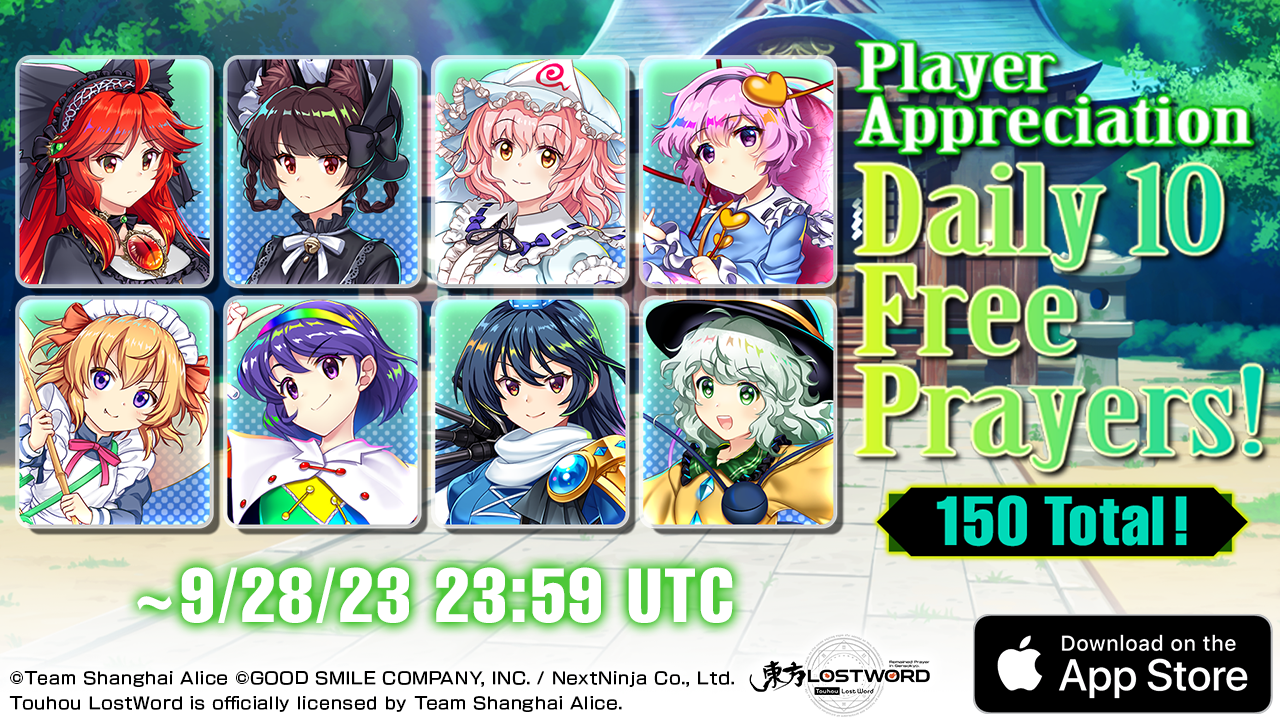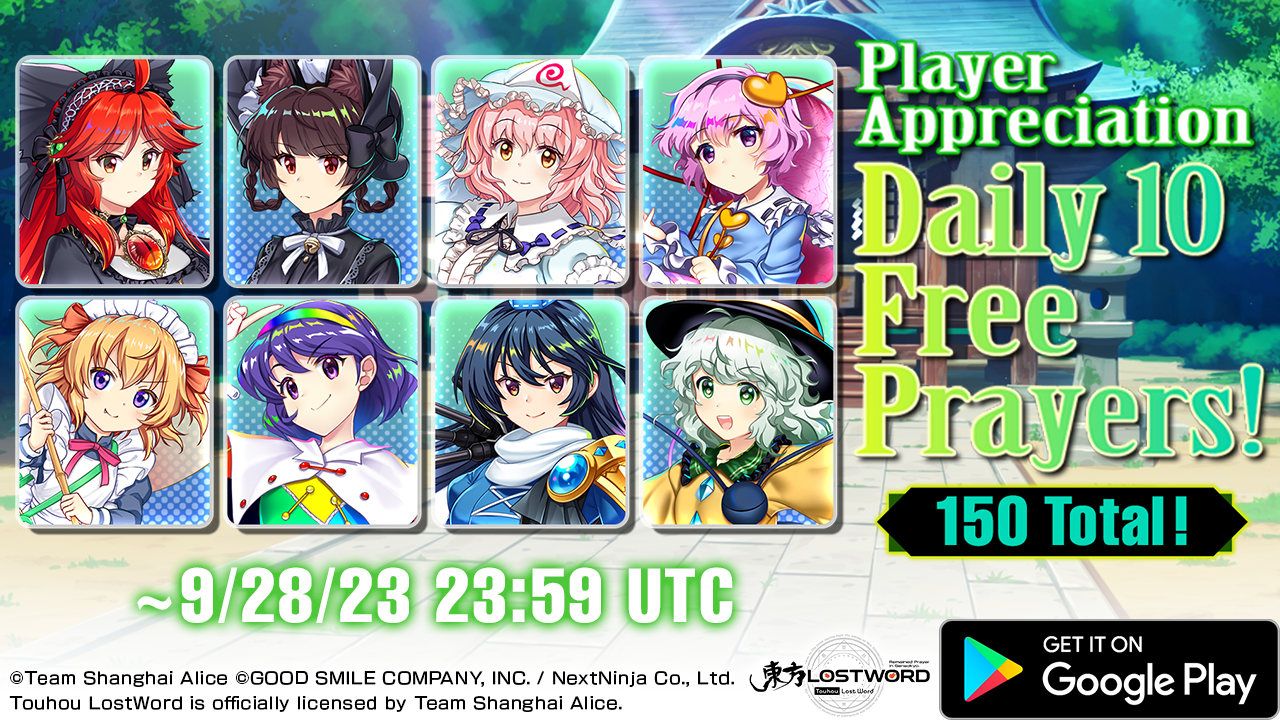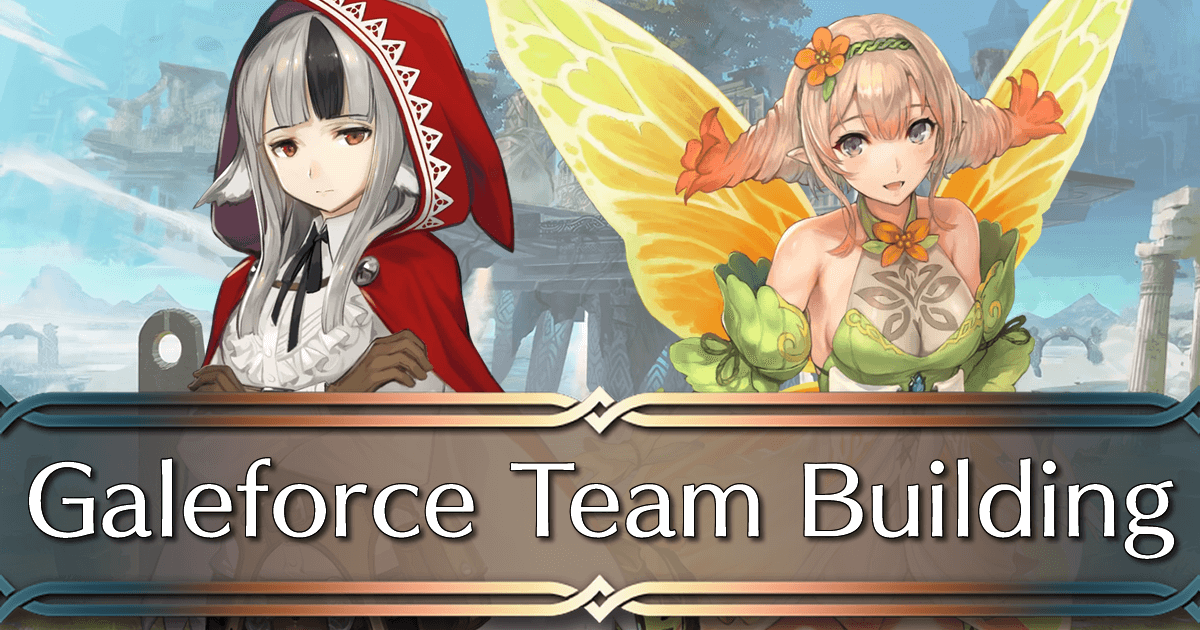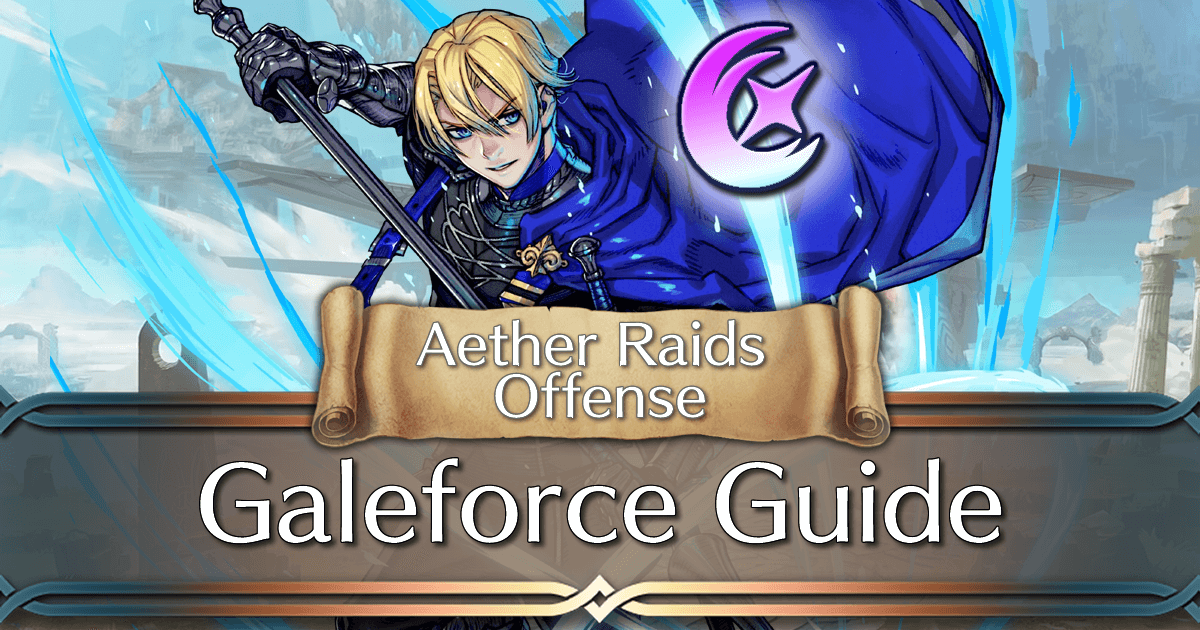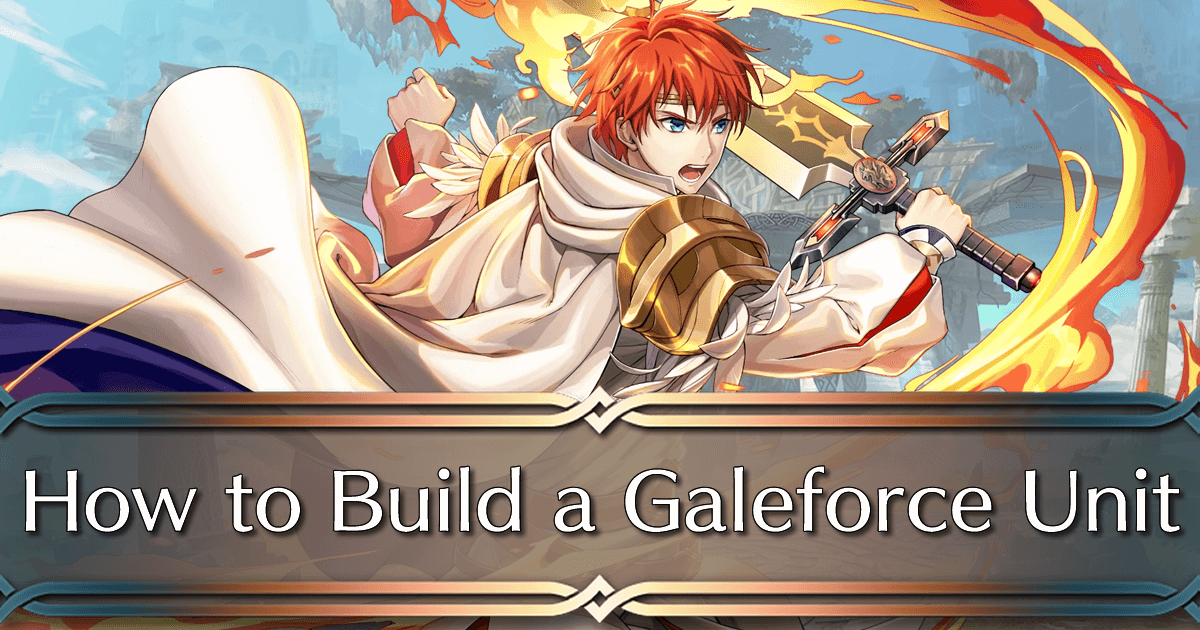Managing Cooldown Mitigation
The more you can mitigate the cooldowns on all units using Galeforce in the first turn, the more flexible your Galeforce team will be. For reference, here are the requirements to activating Galeforce in a single combat.
Starting at -3 (Special counter at 2):
- Initiate on any opponent
- Activate Heavy or Flashing Blade
Easy.
Starting at -1 (Special counter at 4):
- Initiate on any opponent
- Double opponent (do not defeat them in the first hit)
- Activate Heavy or Flashing Blade
If a Galeforce unit starts with the Special counter at 4, then they will need to attack twice per engagement. For this, they want either Speed to double their opponent, or guaranteed followup attacks. Watch out for opponents with high Speed and Null Follow Up, such as Legendary Celica.
Starting at -0 (Special counter at 5):
- Initiate on an opponent who can retaliate
- Activate Heavy or Flashing Blade
- Double opponent (do not defeat them in the first hit)
- Be counterattacked by opponent between attacks without being defeated
Starting with a Special counter on 5 is very restrictive for a Galeforce team and you want to avoid it as much as possible.
Here are all the ways that Special cooldown can be reduced on the first turn:
| Strategy | Cooldown Mitigation |
|---|---|
| Velouria's Wolfpup Fang | -2 on herself and her support partner |
| Navarre's Scarlet Sword | -3 on himself |
| Rafiel's Groom's Wing | -1 on his support partner |
| Legendary Hector's Ostia's Pulse | -1 on all allies (Tactics restrictions) |
| Grandscratcher | -1 on ally with the highest Attack Value |
| Quickened Pulse | -1 on self |
| Slaying Weapon | -1 on self |
| Time's Pulse | -1 on self |
| Infantry Pulse | -1 on all infantry allies with less HP (infantry only) |
Galeforce Team Archetypes
The Lead
On a typical Galeforce team, there is generally a unit who you expect to engage first with in order to start the Wings of Mercy/Galeforce chain. This unit is able to reliably activate Galeforce a vast majority of the time, and typically has a lot of firepower in order to consistently defeat opponents in a single engagement.
A good lead is a unit who can close gaps easily, either via Smite from other units, or just having a larger range of movement. Because they typically initiate first, they are the only one on the team who doesn’t need to run Wings of Mercy in their B slot, leaving it open for something like a Lull skill, which can further help them activate Heavy or Flashing Blade.
Good lead units include:
The Dancer
Unlike most other team compositions, the dancer of a Galeforce team expects to see combat and is encouraged to run a Galeforce build of their own. This is to promote even more team flexibility and allow the dancer to initiate on an opponent, activate Galeforce, and then dance their adjacent ally for another movement.
Dancers with higher movement (such as the herons) are useful in closing the gaps if your lead unit cannot reliably get their HP into Wings of Mercy range, or in simply granting your team more maneuverability.
Dancers such as Azura and Silvia are generally the best at utilizing Galeforce on their own - particularly Azura, who can run It’s Curtains for maximum cooldown mitigation - while dancers such as Reyson or Leanne are better at crossing gaps if you cannot get into Wings of Mercy range, and Rafiel doubles as a cooldown mitigation support for your lead unit. Ranged dancers should generally not be considered for Galeforce teams.
Below are some examples of Galeforce dancers:
The Support
The Support is generally the most flexible unit slot and can either be run in lieu of the Dancer, or by running a support build on one of your Mythic units or your bonus unit.
How does one best support a Galeforce team? Obviously, there’s Cooldown mitigation, but outside of a few select units and Infantry Pulse, it’s difficult to fit a specialized non-mythic unit into your team just for the small benefit they offer, particularly if that support unit cannot run Galeforce themselves (such as if utilizing the Grandscratcher).
There are many ways a Support can help their team: Annette can give your lead an extra movement, Velouria can give herself and her support partner cooldown mitigation, and Legendary Hector can grant cooldown mitigation to the entire team.
Unfortunately, you only have two non-mythic, non-bonus team slots and outside of Velouria, few supports are effective enough to justify their presence over a dancer. Therefore, it’s imperative to give your mythics and bonus units support skills.
Examples of easy support skills you can pass on are Attack Tactic, Speed Tactic, Chill Atk, Chill Def, and Chill Spd. Additionally, Smite is arguably the most important movement assist for a Support unit, so that they can Smite their ally forward (potentially into a trap to disarm it) and start the engagement.
Below are some examples of specialized support units:
The Mythic
Everyone needs to run two mythics to get the maximum amount of score, but which mythics are the best and which mythics should be left behind? Well, they all have their uses:
- Eir is a strong mythic and can actually function as a pseudo ‘lead’, despite not being able to use Galeforce herself, due to her dagger debuffs and her recoil damage. When given Fury and after removing Mystic Boost (ideally replacing it with Disarm Trap), Eir’s self damage can lower her HP enough to enter Wings of Mercy range, while also debuffing her opponents’ stats to enable followup from her teammates. This strategy is known as “Eir Force”.
- Peony is a dancer for more flexibility and offers additional passive Attack/Speed buffs.
- Naga supplies dragon effective status on units who might otherwise have difficulty defeating Duma, and grants +5 Defense to blessed allies, which can help units tank lethal melee opponents such as Lif or Seliph. She can also grant Altina (and other fliers such as Tibarn or Cherche) a Hone Fliers buff by replacing her C slot.
- Altina can use Galeforce herself with decent results, given her status as a brave weapon user.
Mix it up!
These archetypes are not rigid and can frequently be mixed together for maximum benefit. For example, Navarre can be run as both a lead unit and a support for his Dancer by running Infantry Pulse in his C slot. Altina can also be utilized as a lead unit while also filling the slot of a Mythic, and Naga can be used as a Smite supporter while also being a Mythic.

